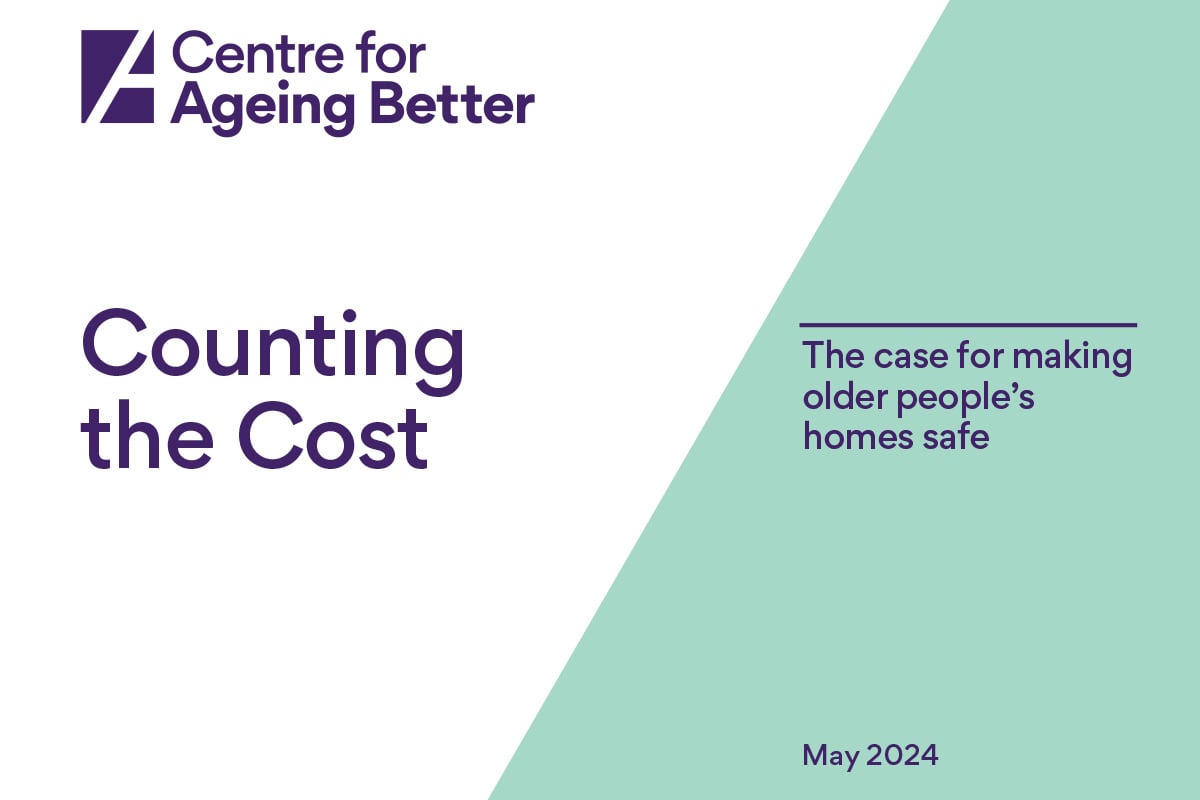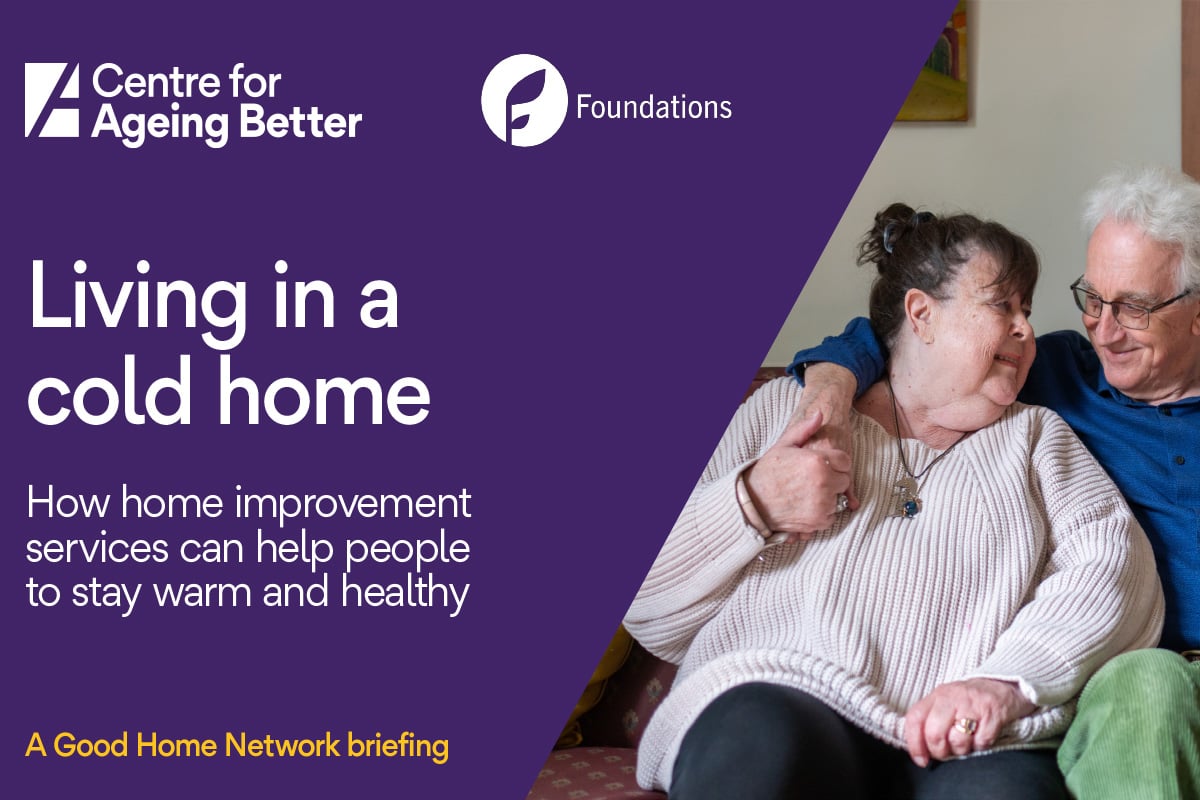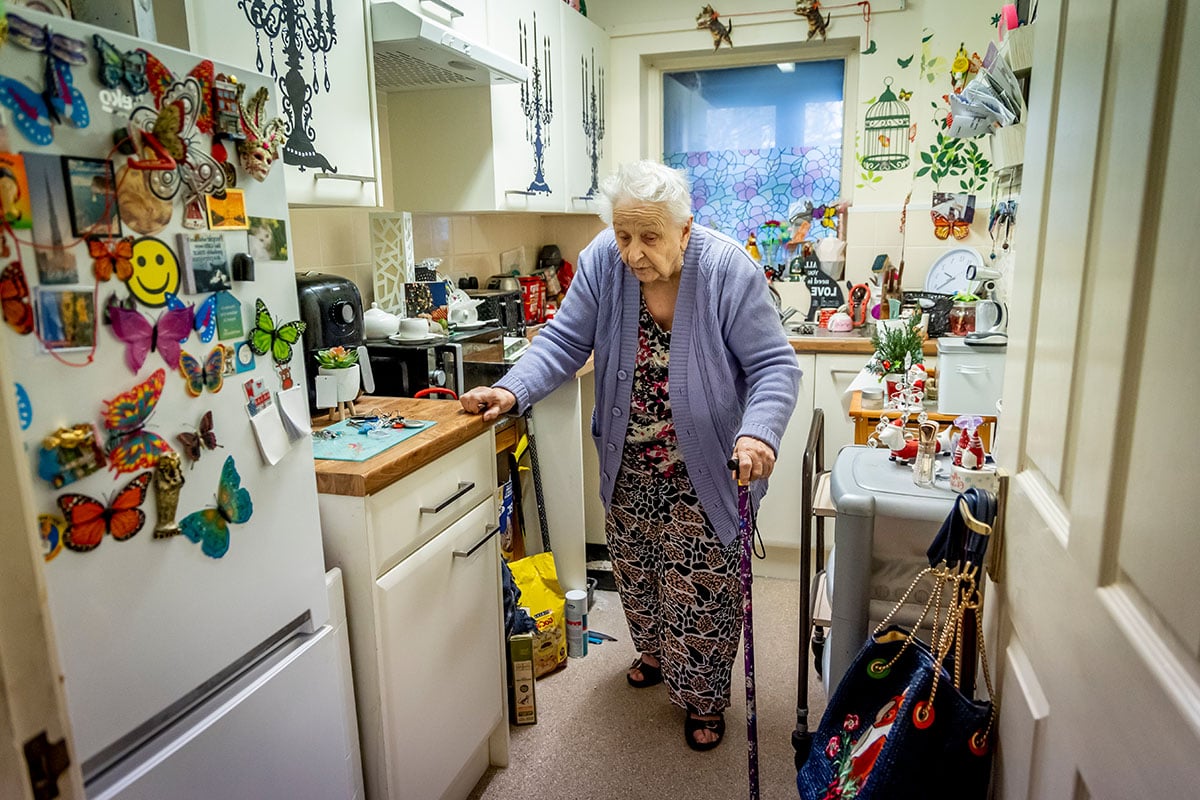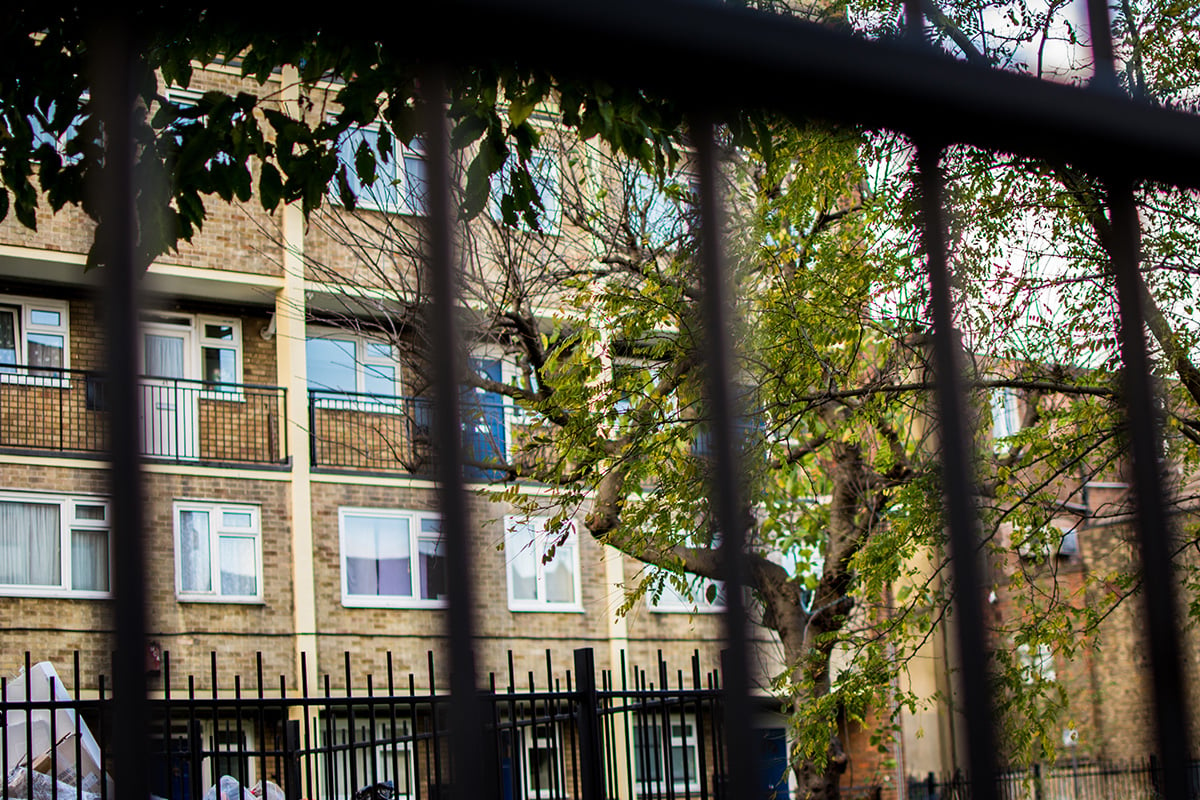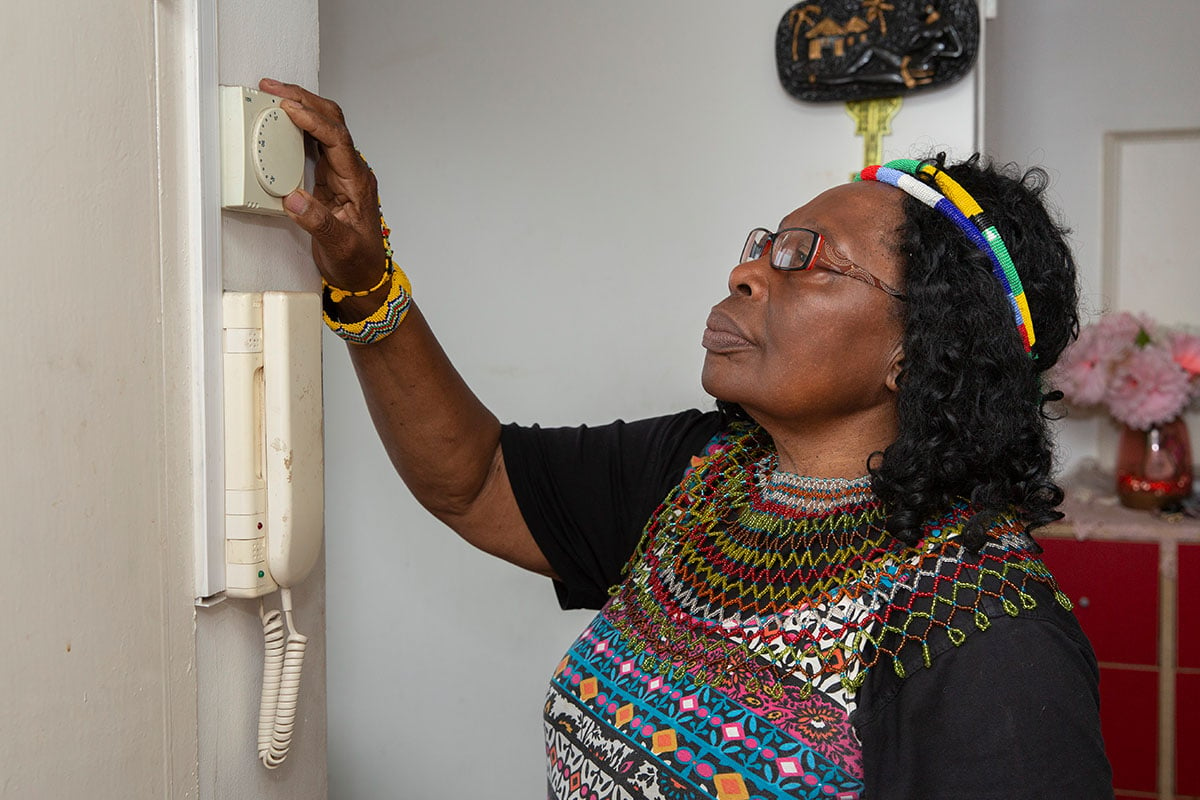Fixing England’s dangerous homes would deliver more than £1.5 billion in annual health and social care savings
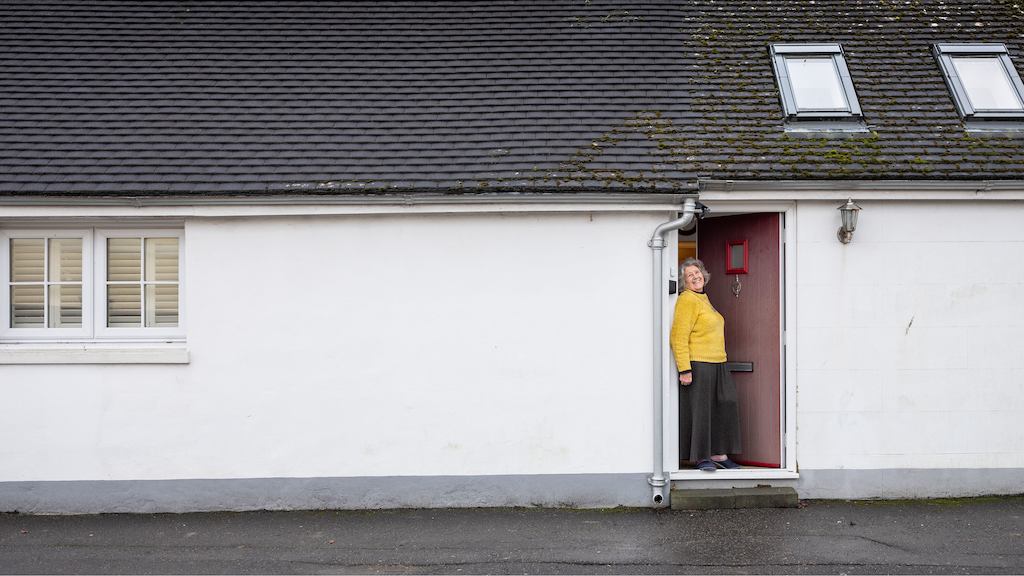
New analysis reveals how poor quality housing is incurring huge costs and pressures on the NHS and social care.
The research also reveals people living in poor housing develop care needs eight years earlier than people living in a home without any housing problems.
Fixing the dangerous homes lived in by older people would directly save the NHS and the social care sector more than £1.5 billion a year while delivering billions more in health benefits, newly published research reveals.
Removing the most serious risks to people’s health and safety from the country’s poorest quality homes where the head of household is 55 or over would result in savings to the NHS of nearly £600 million per year, according to new research from the Centre for Ageing Better.
And formal care costs for older people provided by professional caregivers could be reduced by £1.1 billion a year by 2027 by resolving poor quality home issues, according to new analysis by academics at the Care Policy and Evaluation Centre (CPEC), based at the London School of Economics and Political Science (LSE).
In addition, the new LSE analysis indicates the potential for a further £3.5 billion annual savings in unpaid care costs for older people provided by family members, neighbours, or friends if the nation’s poor-quality housing crisis was resolved. Previous research from the Centre for Ageing Better identified £19 billion of annual health benefits from investing more in home improvement.
The new research will be presented at a special event on the cost of poor-quality housing to health and social care at LSE on Tuesday 21 May.
Dr Carole Easton OBE, Chief Executive at the Centre for Ageing Better, said:
“There is a terrible personal cost for older people who live in homes that are making them ill and which have the potential to seriously injure and even kill them. Older people are more likely to live in a dangerous, damp or cold home and are among the most vulnerable to the health impacts which can exacerbate conditions such as asthma and arthritis, as well as increasing the risk of an acute episode such as a stroke or heart attack.
“But this country’s poor-quality housing crisis also reaps a terrible cost on our already stretched health and social care sectors. Fixing unsafe homes is a value-for-money solution that will not only help people to live healthier and longer lives, but will also reduce pressures on health and social care.
“With so much supporting evidence pointing to significant benefits, it beggars belief that home improvement is not higher up the political agenda. Improving the country’s health cannot be done without improving the quality of our homes.”
While people aged 55 and over live in around one in three of England’s non-decent homes, they account for more than half of the NHS’s annual first year treatment costs (£595 million) for injuries or illness as a result of poor-quality housing, according to new analysis conducted by the Building Research Establishment (BRE) for the Centre for Ageing Better.
The scale of the health savings from home improvement means that the estimated £4.6 billion bill to repair all Category 1 hazards that pose a threat of death or serious injury in older people’s homes would be paid back in just under eight years, the new analysis reveals.
Focusing investment just on mitigating excess cold, which claims the lives of up to 9,000 people a year in England and Wales, in every home in the country headed by an older person would deliver an estimated £325 million worth of savings to the NHS every year and pay back the repair costs within nine years.
The Centre for Ageing Better recently launched the Safe Homes Now campaign with eight other charities including Barnardo’s, Asthma + Lung and St John Ambulance.
The campaign is calling for a national strategy to tackle the poor quality of the country’s homes and has challenged the government to halve the number of non-decent homes, which currently totals 3.7 million, within the next ten years.
The Centre for Ageing Better believes that the solution to resolving the national crisis of dangerous homes is the establishment of a national network of local one-stop shops called Good Home Hubs offering advice on home repairs, adaptations and energy efficiency improvements.
Dr Nicola Brimblecombe, senior researcher at the Care Policy and Evaluation Centre and lead of the LSE research project (CAPE), said:
“Our study clearly shows how poor quality and unsuitable housing can increase people’s care needs and their ability to live independently, negatively affect wellbeing, and reduce choice.
“Improving housing has the potential to improve people’s quality of life, reduce health and care inequalities, and save money for government as well as having wider benefits to the environment and society. Negative effects of poor housing for social care can be long-term - action to improve poor quality housing cannot come soon enough.”
The new LSE analysis indicates that the substantial savings in formal care costs for older people by removing health hazards from homes would grow significantly over time – from £1.1 billion a year in 2027 to £2.8 billion a year by 2042.
Similarly the cost savings in the level of unpaid care required would mushroom from £3.5 billion a year in 2027 to £7.1 billion a year by 2042.
Even just removing three common health hazards from homes of bad condensation, excess cold, and rising damp would lower the social care costs considerably.
The LSE analysis calculated the cost savings in formal care would grow from £0.4 billion in 2027 to £1 billion by 2042, and the cost savings in the level of unpaid care required would grow from £1.2 billion in 2027 to £2.3 billion by 2042.
The LSE research also found that people living in poor housing develop care needs 8 years earlier than people living in a home without any housing problems.
Researchers say this earlier development of and longer time with care needs is potentially avoidable if housing was to be improved.
The academics also point out the effects of poor housing are not experienced equally, with housing tenure, financial resources, and access to information all playing a role in development of care needs and in extent of unmet need for support.
